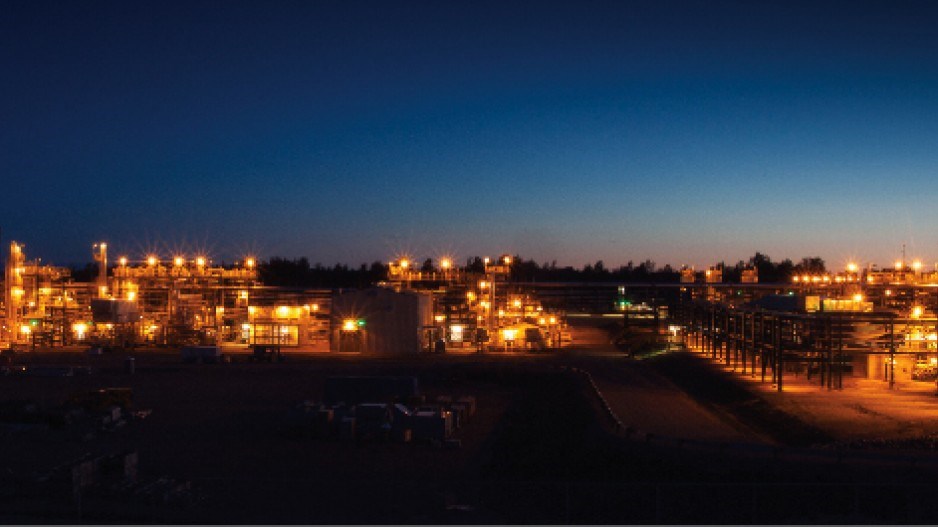Although progress and decisions over the next two years will determine winners and losers in western Canadian liquefied natural gas, the current progress of B.C.’s planned LNG export plants suggests the first exports are unlikely before 2019, according to resources research group Wood Mackenzie.
Asish Mohanty, Wood Mac-kenzie’s senior gas supply analyst, said there is room for project collaboration and consolidation to expedite progress. Mohanty noted that some projects, particularly Kitimat and the smaller B.C. LNG projects, have taken the lead with regulatory approvals, local stakeholder support and site development and engineering, whereas other projects such as Royal Dutch Shell PLC’s LNG Canada and Petronas’ proposal with Progress Energy Resources Corp. (NYE:PGN) are perceived to be ahead on the marketing side.
“Other developers, such as BG, perceive securing the pipeline route as the key determinant of project success and have made that their priority,” Mohanty said in a report released last week. “The contrasting nature of strengths and weaknesses suggests there is room for project collaboration and consolidation, but the intensity of future corporate positioning will be influenced by the outcome of ongoing regulatory corporate acquisition approvals.”
According to Wood Mackenzie, the Montney and Horn River gas fields are the most established resource plays. Of these, the Montney is the most attractive resource, assisted by its liquids-rich content. The economics of dry Horn River shale gas are further challenged by its more remote location and carbon dioxide content. As a result, Montney gas is better positioned to be monetized for exports as LNG, to the U.S. or the domestic market.
Hugh Hopewell, Wood Mackenzie’s senior upstream research analyst, said, “Recognizing the more cost-competitive nature of Montney gas, companies have been positioning themselves in this low-price gas resource. This includes companies with legacy positions in Horn River, and those actively pursuing LNG, as seen in the proposed acquisitions of Progress by Petronas and [Celtic Exploration Inc.] by ExxonMobil (NYE:XOM). For other operators holding gas resources but with no LNG plans, there are still opportunities – larger companies could enter into [joint ventures], while smaller companies could prove to be attractive acquisition targets.”
Wood Mackenzie added that developing Canadian LNG requires significant infrastructure development.
But Wood Mackenzie believes that a well-managed western Canadian LNG export development, aided by its proximity to Asian markets and its low-cost gas resource, could achieve costs of delivery into Asian markets similar to those from major competing options in the U.S. and East Africa. Wood Mackenzie stated that while global LNG competition will restrict Canadian LNG exports, Canadian LNG offers advantages over competing sources that include low political risk, value chain equity investment opportunities, the potential for local market sales and the potential to offer liquids-rich gas using low-cost local liquefied petroleum gas, something that will appeal to specific Asian buyers.
A combination of a prolonged high-cost environment in Australia, East African delays and U.S. regulatory uncertainty could also pass the impetus to Canada. However, the report added that the ability of Canadian LNG to realize its potential will, in part, depend on the Canadian federal government’s attitude to international investors.




